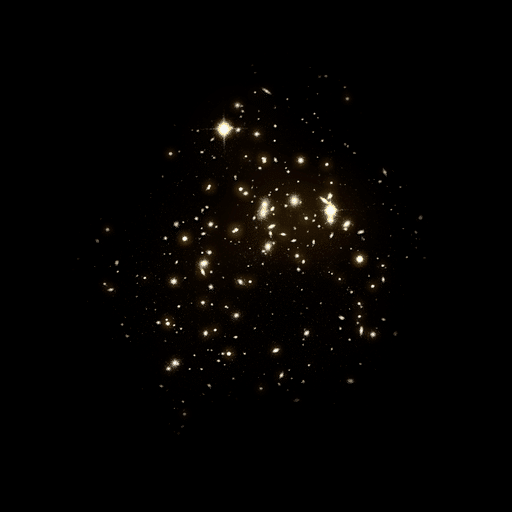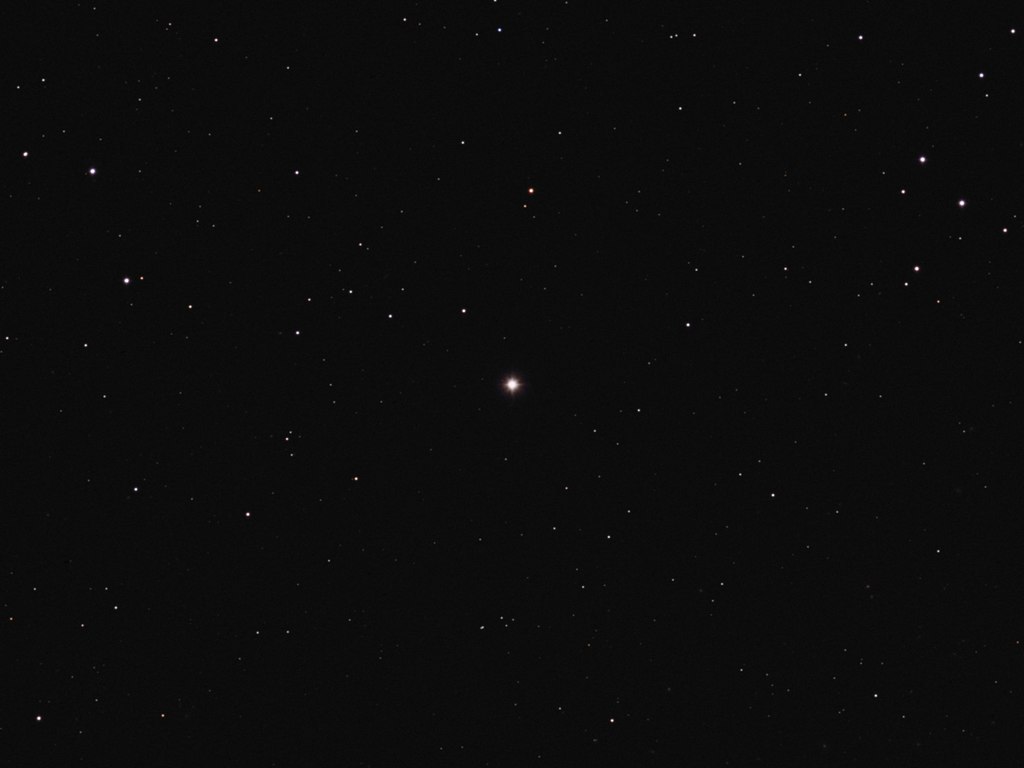In the northern sky, a small but noticeable constellation chains stars together. Its name is the Corona Borealis constellation. In Latin, its name means “the northern crown.” Corona Borealis constellation has only four stars brighter than magnitude 3.00. Stars in Corona Borealis constellation include the famous Blaze Star, otherwise known as T. Coronae Borealis.
The Greek astronomer Ptolemy was the first to document this magnificent sight in the 2nd century. When he catalogued it at the time, its name was simply Corona. Greek astronomers saw another constellation to the south which they dubbed as Corona Australis, a wreath. The location of the constellation Corona Borealis is in the northern hemisphere.
Corona Borealis constellation represents the crown of Ariadne, the daughter of King Minos of Crete. In Greek mythology, Ariadne helped Theseus slay the fearsome Minotaur. She even provided him with a way to escape the maze it lived in, called the Labyrinth. Princess Ariadne gave him a spool of golden string that would lead him back to the entrance of the maze.
Celtic mythology says that the Corona Borealis constellation is the Castle of Lady Arianrhod. Lady Arianrhod is a legendary figure in Celtic mythology. After all, she’s a goddess of the moon. Below, we tackle some Corona Borealis constellation facts. Read on to learn more about this small but very bright constellation!
Corona Borealis Constellation Interesting Facts
What is Corona Borealis? Well, it’s the 73rd constellation in size and it’s a set of four named stars. However, seven stars in total make it up. It’s name is due to its resemblance to a crown typically seen in the northern sky. Besides the Blaze Star, the Corona Borealis constellation also includes the Fade Out Star. The latter star’s name is R. Coronae Borealis.
Another of the cool facts about the constellation Corona Borealis is that it’s next to the Hercules constellation. Where is Corona Borealis constellation? It lies in the third quadrant of the northern hemisphere known as NQ3.
Often, you can see the Corona Borealis constellation in the northern hemisphere. Latitudes between +90 degrees and -50 degrees are where you can find it. The Corona Borealis constellation also belongs to the Ursa Major family of constellations. Obviously, Ursa Major and Ursa Minor are part of this constellation family. Draco and Bootes are also part of that family.
The constellation has four stars, all named by the International Astronomical Union (IAU). The first two stars’ names are Alphecca and Kamui. Moldoveanu and Nusakan are the names of the other two. Alphecca is the brightest of these four stars and is sometimes known as Gemma or Alpha Coronae Borealis.
Ariadne’s Myth
Corona Borealis’ association is typically with the myth of the Cretan princess, Ariadne. She went behind her father’s back to help the Greek hero Theseus. A terrible monster called the Minotaur lived in a maze called the Labyrinth. Her father, King Minos, offered regular sacrifices to it from the kingdom of Athens.
Desperate to help his suffering and fearful people, Theseus volunteered as a sacrifice. He vowed to slay the Minotaur and free Athens from sacrificing their youth to it. When he arrived, Ariadne fell in love with him immediately. She agreed to help him slay the humanoid bull monster if he would take her with him when he left.
The monster was actually Ariadne’s half-brother, a product of her mother Pasiphae mating with a bull. Theseus succeeded and he quickly rushed to Ariadne, who had already prepared their boat for their escape. However, he broke his promise.
The boat stopped for supplies at an island and Theseus forgot to make sure she was on the boat. They left without her, leaving her broken and marooned on that island. Dionysus, a god, found her and married her instead. She wore a wedding crown forged by the smith god Hephaestus himself.
She later tossed that crown into the sky, where its jewels became the stars that formed Corona Borealis. Its brightest star, Gemma, means “jewel” in Latin.
Alphecca
The brightest star in this constellation is Alpha Coronae Borealis. As the brightest jewel of the seven in Ariadne’s crown, it is an eclipsing binary star. Its magnitude varies between 2.21 to 2.32 and it burns at least 75 light years away from us.
Light is one of the fastest things in the universe, traveling 299,792 kilometers per second. It takes 8 minutes for light from our Sun to reach Earth. A light year is the distance that light covers in a year; about 6 trillion miles. That means Alphecca is 450 trillion miles away from Earth, or 712 trillion kilometers.
Despite this titanic distance, it is still a star we can see bright and clear in the night sky. Alpha Coronae Borealis’ system is a white, class A0V main sequence star. It emits excessive infrared radiation and may have a planetary system orbiting it.
This star has many names. Besides its standard Alpha Coronae Borealis, its name is also Alphecca. That’s an Arabian word for “bright one of the broken ring.” Gnosia is also a popular name this star possesses. It’s short for Gnosia Stella Coronae, or the “star of the crown of Knossos” in Latin.
Nusakan
Nusakan is another star in the North Crown. Its other name is Beta Coronae Borealis. Second-brightest star of the constellation, its name comes from Arabic. The root word is “an-nasaqan,” which means “the (two) series” or the “second.”
Its brightness has a little to do with its distance. Nusakan is even further away from Earth than Alphecca at 114 light years. Imagine how many more trillions of kilometers in distance that implies. Despite that, it still shines so brightly that even ancient people saw it and recognized it as a mythical symbol.
It is a spectroscopic binary and an Alpha-2 Canum Venaticorum (ACV) type variable star. Periods it goes through last all of 10.5 years. Nusakan’s magnitude is higher by far than Alphecca at 3.65 to 3.72. It would have been much brighter than Alphecca if it were closer to us.
Blaze Star
The Blaze Star gets its name by being a recurrent nova. This means that the Blaze Star periodically undergoes an outburst like a nova and declines in brightness. Its other name is T. Coronae Borealis. Like Nusakan, it is also a spectroscopic binary, but its magnitude dwarfs both other stars.
T. Coronae Borealis typically has a magnitude of about 10 to 10.8, more than three times Nusaka’s brightness. Its constant nova outbursts may yet be because of its nature as a red giant. A red giant is a star that is nearing the end of its life cycle and may become a destructive supernova.
Blaze Star is even further away than either Alphecca or Nusakan. His distance from our solar system is about 2,000 light years. Multiply that number by the speed light covers and you’ll know how small trillions of miles is in comparison.
Fade-Out Star
R. Coronae Borealis is a yellow supergiant star sometimes going by the name of “Fade-Out Star.” Belonging to the spectral class F7, Fade-Out Star runs an average magnitude of 6.4. As a variable star, R. Coronae Borealis’ brightness fades by many magnitudes at irregular intervals.
English astronomer Edward Pigott discovered its variability in 1795. Hundreds of years ago and there’s still always someone to teach something worth learning. R. Coronae Borealis also serves as a part of a prototype. The group of stars Fade-Out Star is serving goes by a different name as the RCB variables.
Fade-Out Star’s variability is purportedly the fault of a cloud of carbon dust. It obstructs our view well enough that it seems to lose magnitude by several degrees. As part of RCB variables, R. Coronae Borealis’ magnitudes can range from 5.71 to 14.8 degrees.
Brightness often has an impact on how a star fits in a constellation. Like in Orion’s Belt, which is composed of three particularly bright stars. Despite the massive amounts of light pollution in today’s atmosphere, Orion’s Belt is still extremely visible. Even with the naked eye, the Belt is easily still one of the most easily identifiable constellations.
When the cloud of carbon dust finally moves, it seems to become brighter again. However, it changes so dramatically and so often. This helped it earn the name of Fade-Out Star or Reverse Nova.



